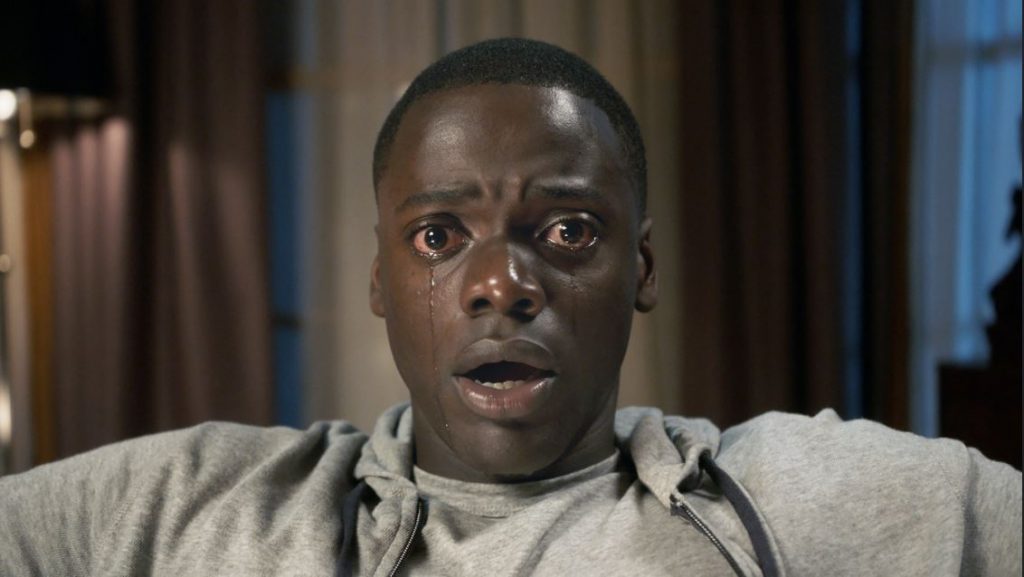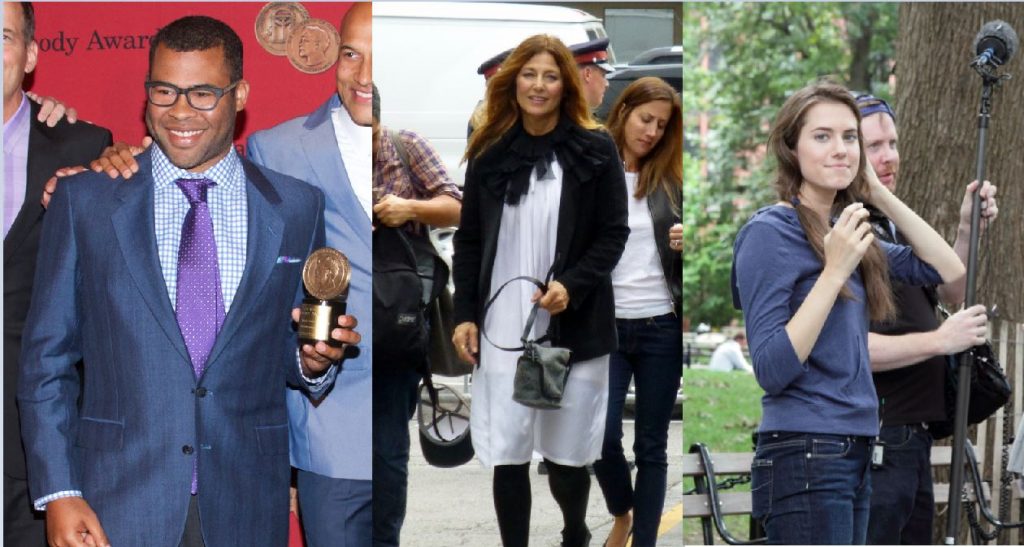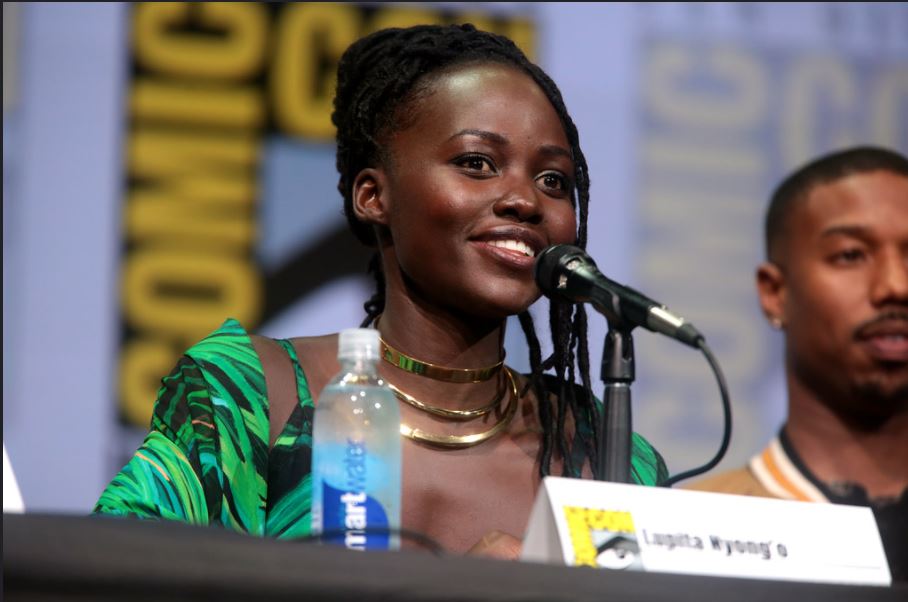Final year Undergraduate Jessica Nevin explains how Peele’s films explore race in new ways…
In 2017, Jordan Peele shook the film industry with his directorial debut, Get Out. This chilling insight into being black in the United States won an Oscar for best original screenplay, with Peele becoming the first African American to win the award.
The mainstream film industry is predominantly white, and so the study of Black filmmakers is important within a society that increasingly recognises the need for equality. In 2013, the shocking death of 17-year-old Trayvon Martin was the catalyst in the establishing of a social movement defined by a single statement: Black Lives Matter.

Since then, the BLM movement has scrutinised Hollywood’s generally non-white heterosexual cinema, lobbying for much more diversity on and off screen. Racial representation in the film industry has been under a particularly intense spotlight since 2015, when all available acting Oscars were awarded to white actors. This narrow approach led to activist April Reign creating the hashtag #OscarsSoWhite.
Since then, Peele’s production company Monkeypaw Productions has frequently focusing on racial divide and the representation of black people. Peele utilises the horror genre in order to communicate black stories in the films Get Out and Us. In Get Out, he explores the dangers of liberal racism in modern America.

A black man Chris (Daniel Kaluuya), accompanies his white girlfriend Rose Armitage (Allison Williams) to meet her family. On the surface, they appear to be ordinary and nice but their liberal nature is just a ruse. Rose’s mother, (Catherine Keener), uses hypnosis to control black people so that they might be used by white people against their will. When Chris is hypnotised, he falls into ‘the sunken place’, a black abyss with no end in sight, with reality appearing as a small screen growing more and more distant as he falls.
Peele has explained this space as a metaphor for anti-blackness that restricts non-white people such as the prison-industrial complex, or their lack of representation in film and horror. Chris is surrounded by darkness with no clear route of escape in the same way that more widely, institutional racism imprisons and restricts. Accordingly, Peele creates imagery to challenge white audiences

Us (Peele, 2019) is a horror film that follows a family called the Wilsons when they are attacked by evil doppelgangers referred to as the ‘tethered’. Black woman Adelaide Wilson (Lupita Nyong’o) is the audience’s point of identification, rare in mainstream Hollywood cinema. Peele places black people in the spotlight, reminding audiences about Black Lives Matter through the medium of film.
Film is not just an art form for entertainment. It can reflect and critique social ills and social issues, and Jordan Peele has done that particularly effectively to showcase black stories within a mainstream Hollywood that has tended to marginalise such stories in the past.